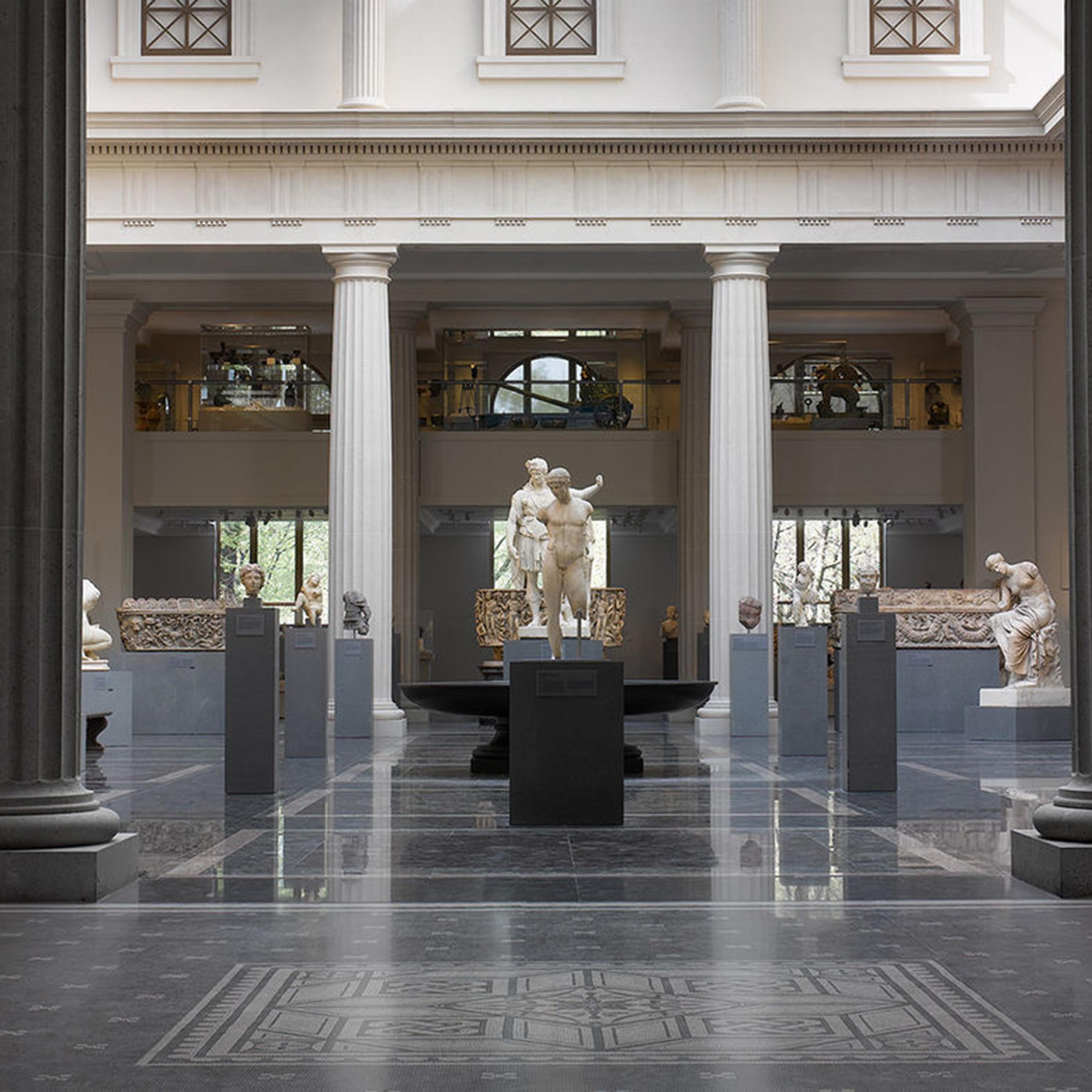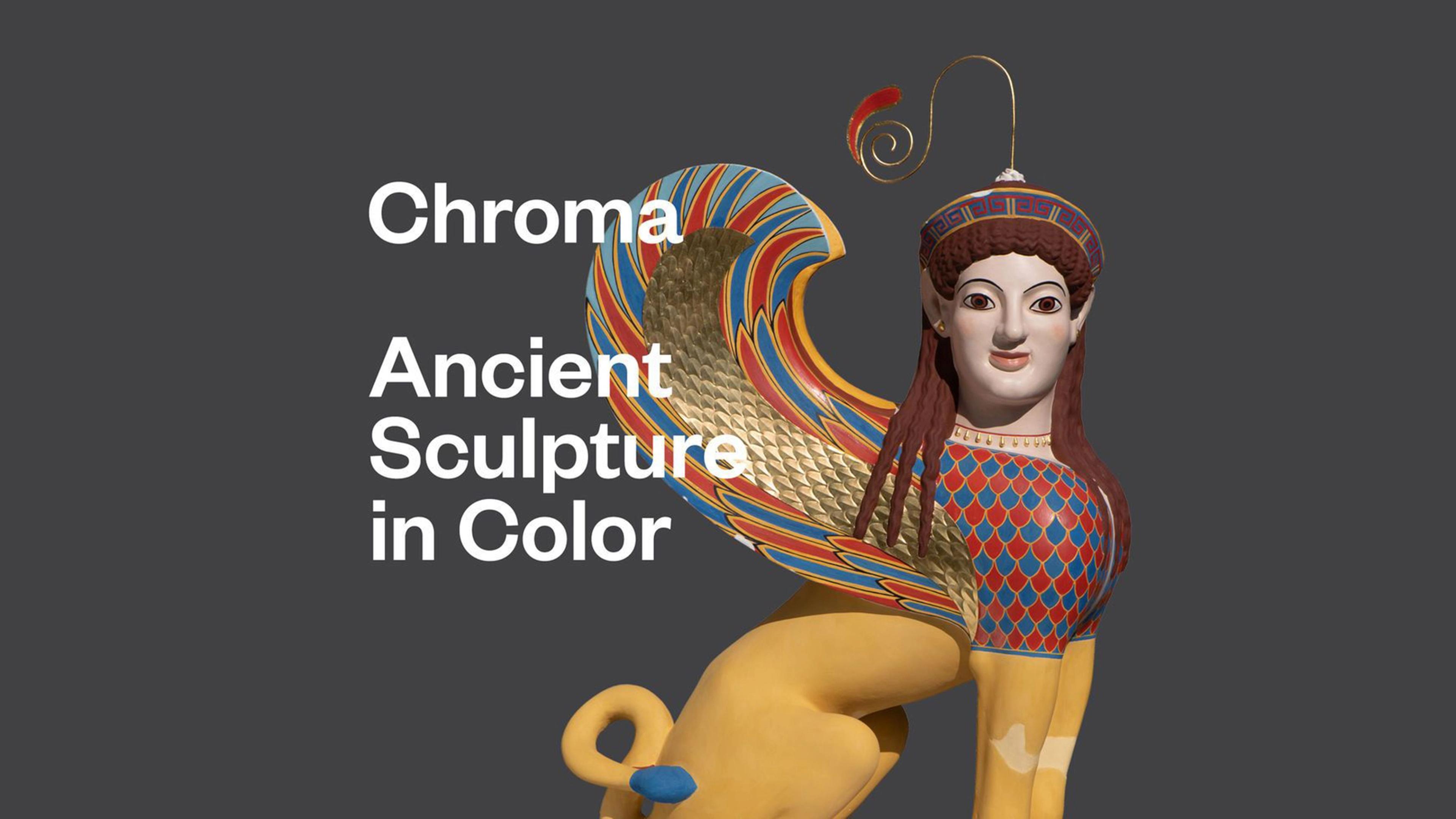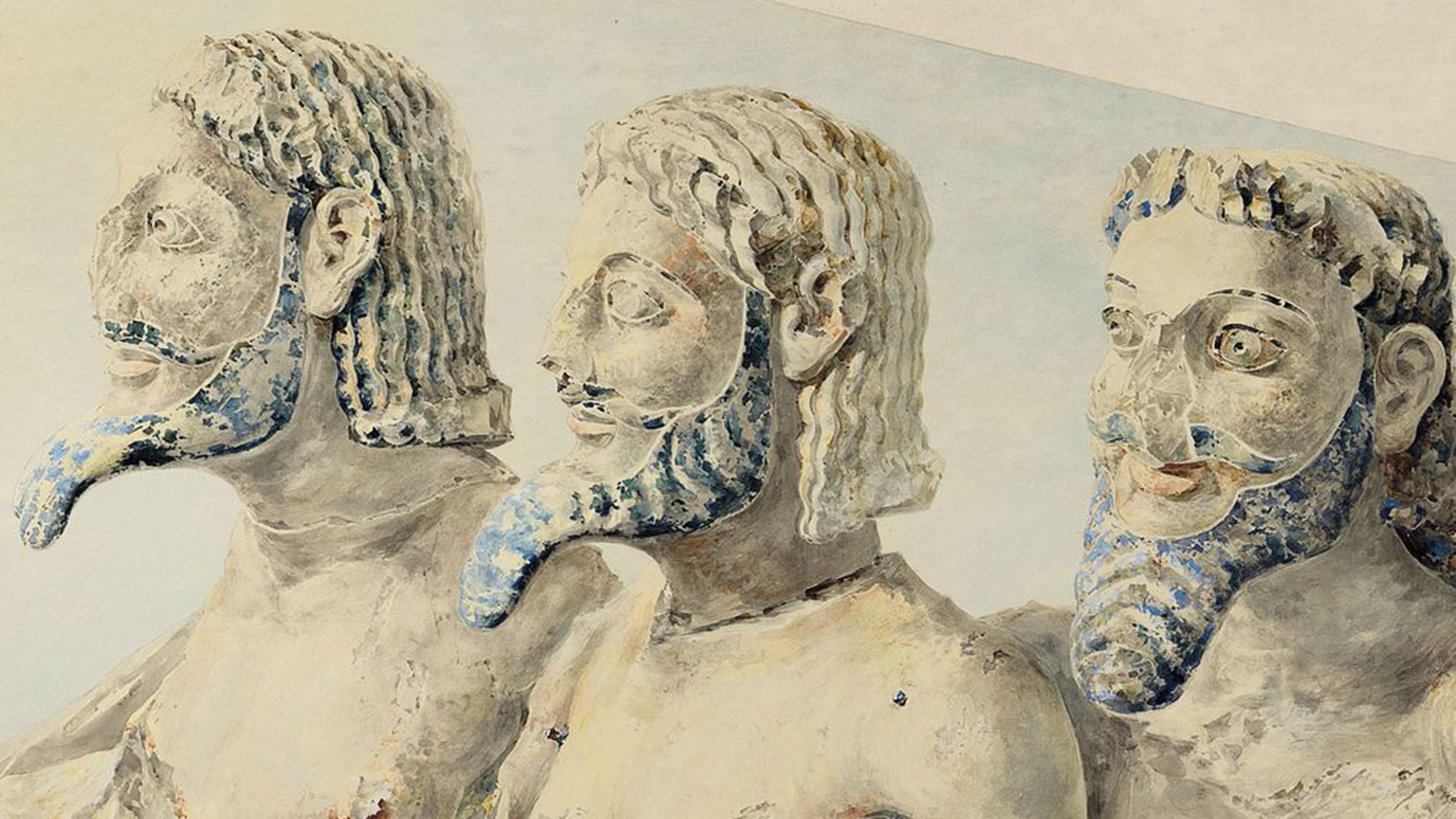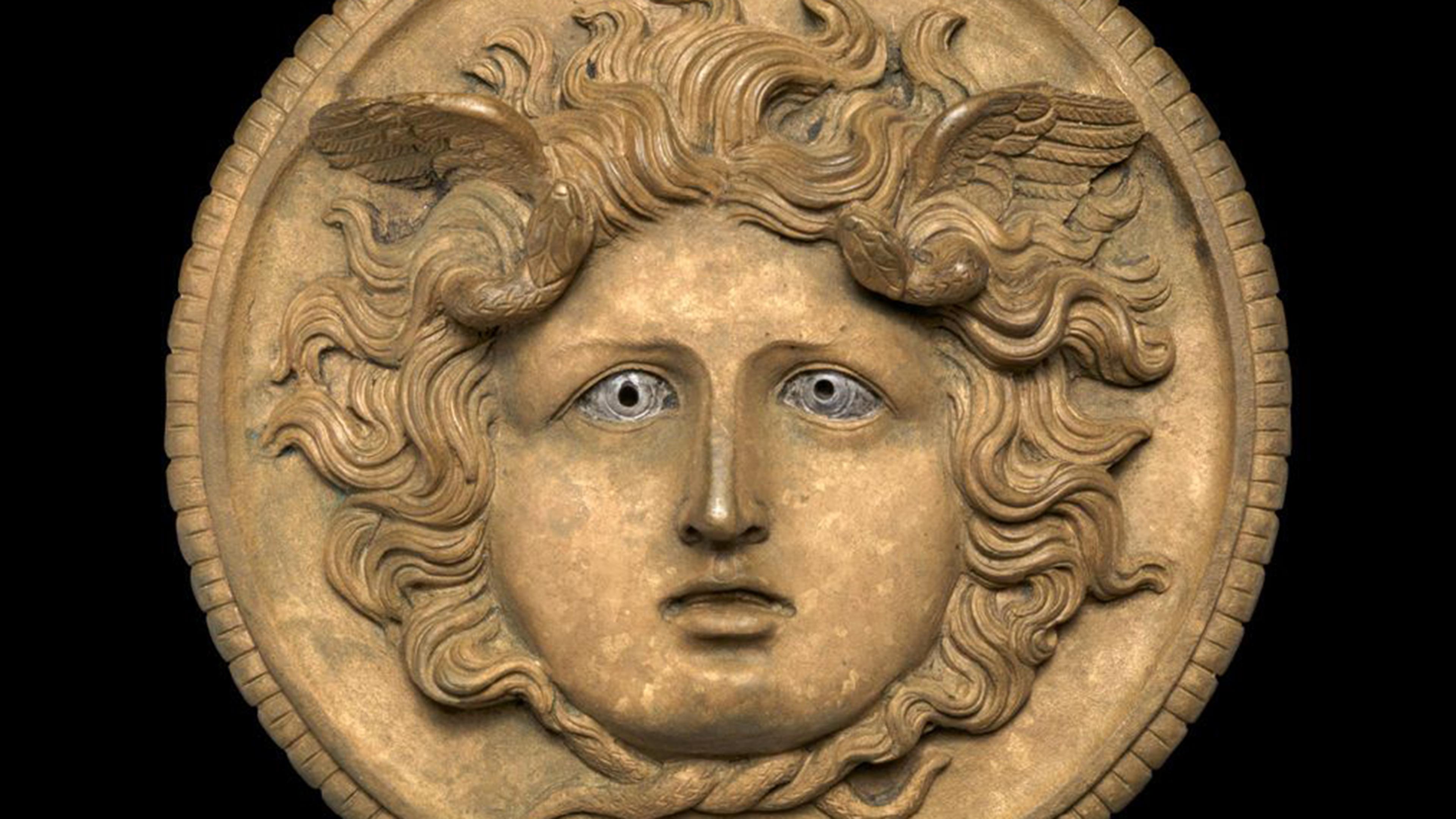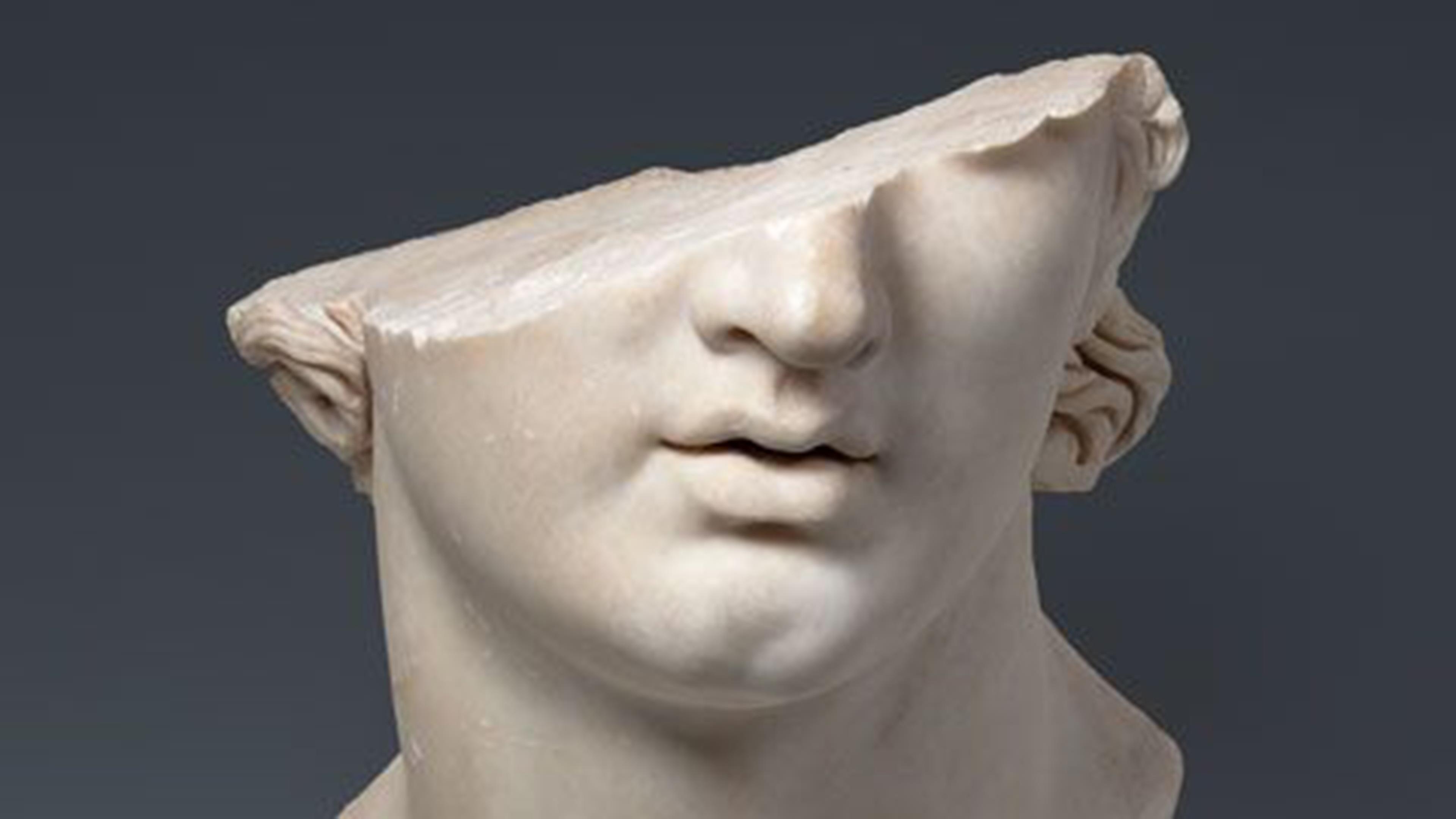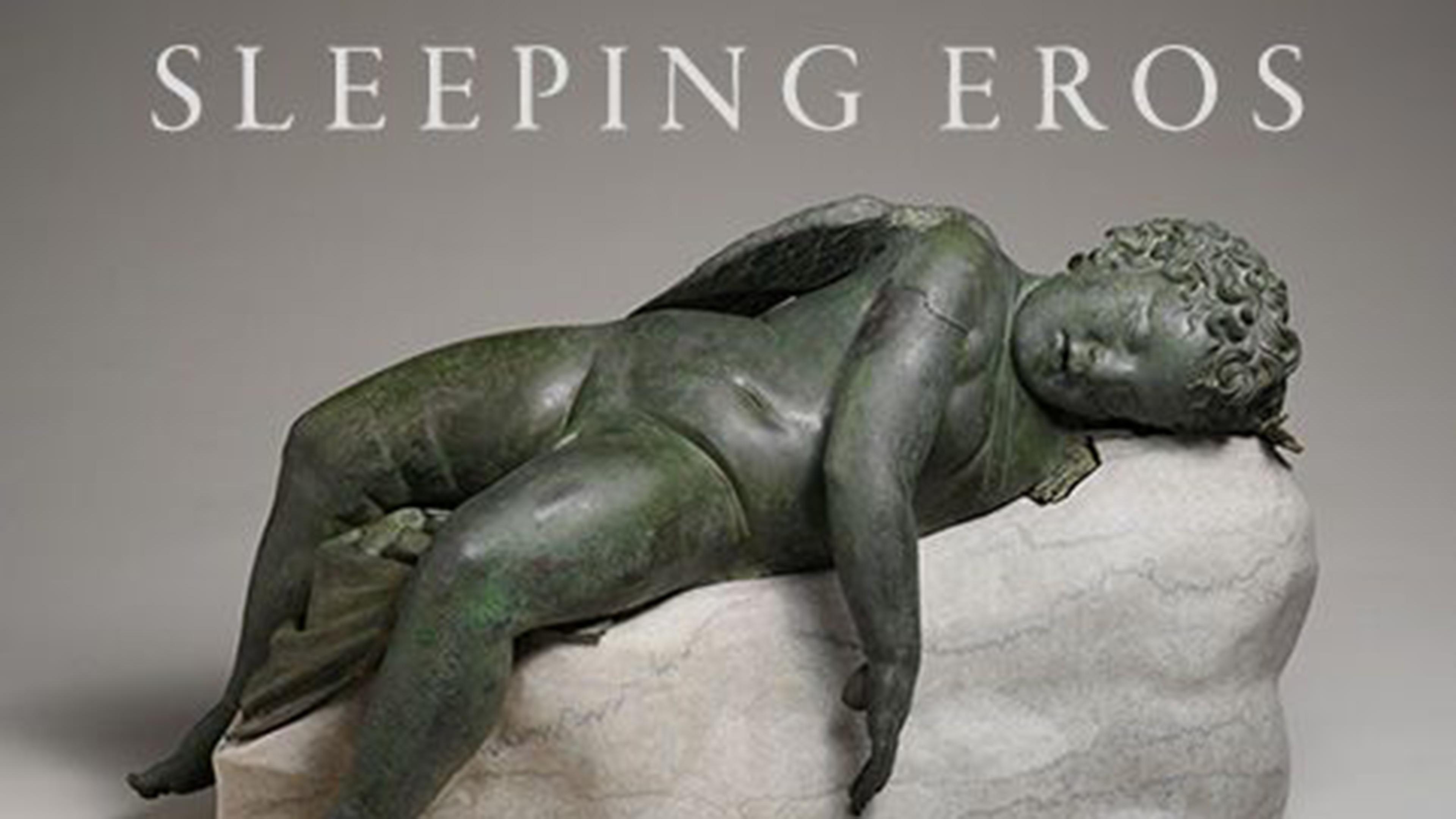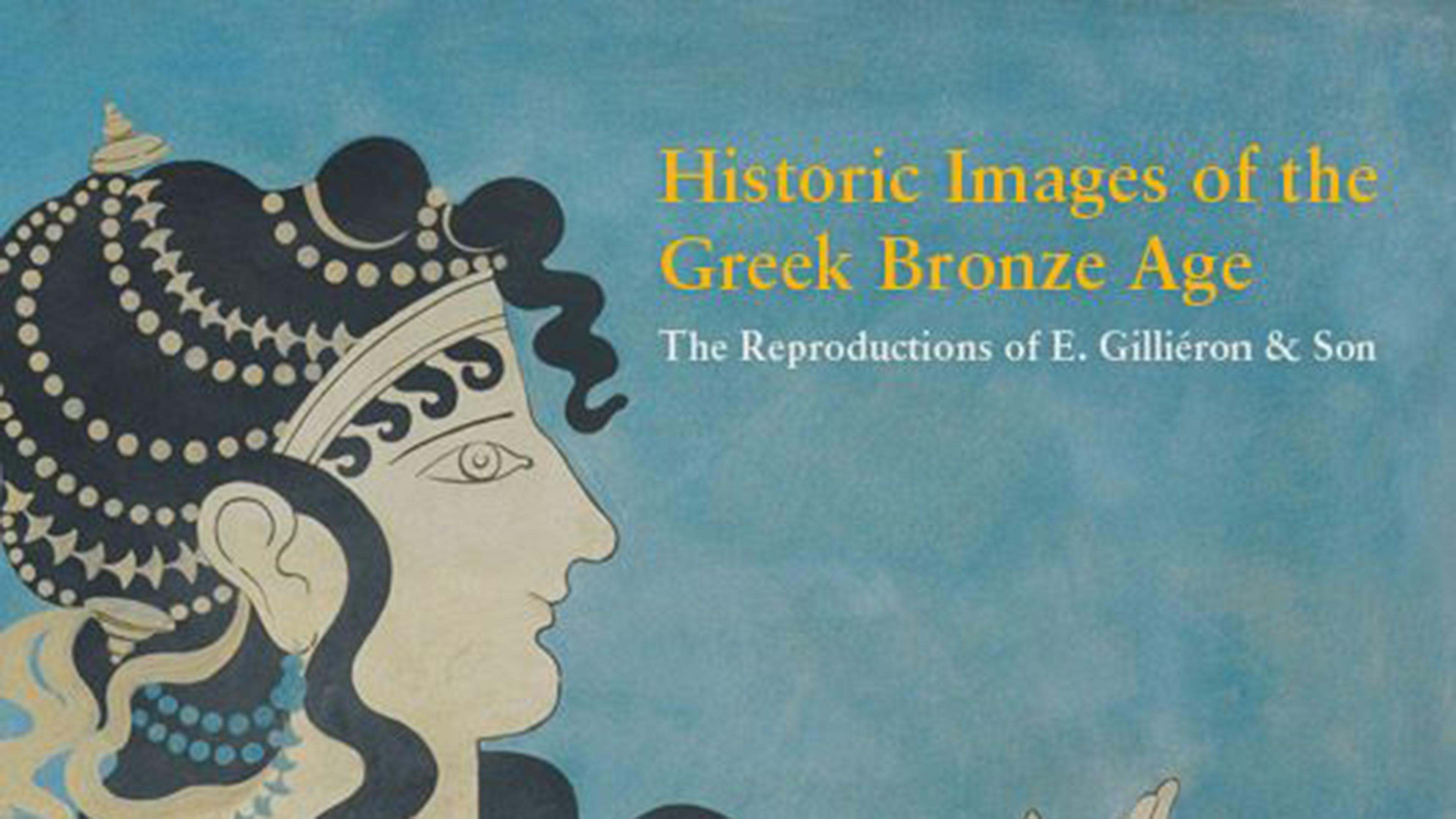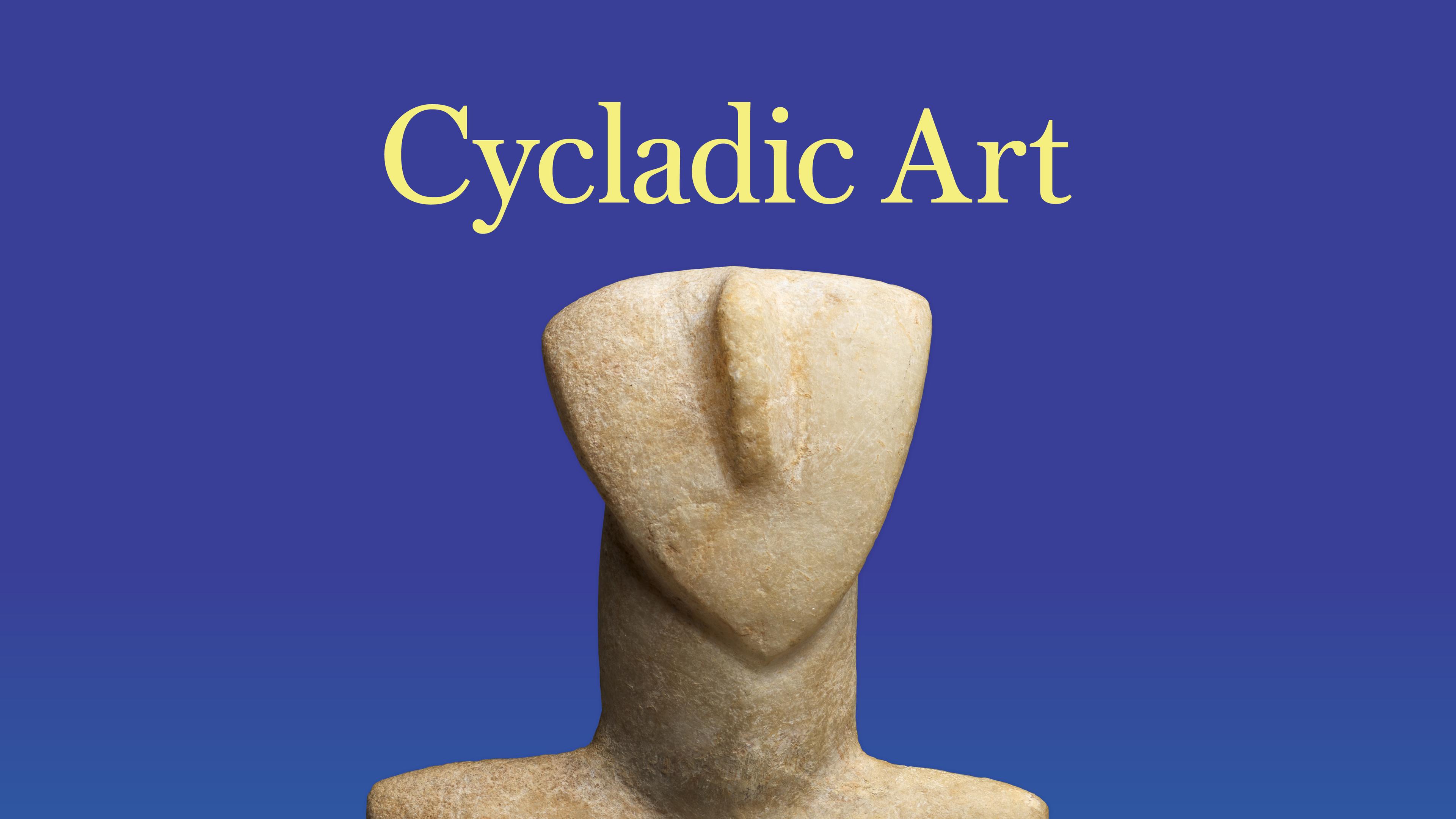
Greek and Roman Art
About Us
The Museum's collection of Greek and Roman art comprises more than thirty thousand works ranging in date from the Neolithic period (ca. 4500 BCE) to the time of the Roman emperor Constantine's conversion to Christianity in 312 CE. It includes the art of many cultures and is among the most comprehensive in North America. The geographic regions represented are Greece and Italy, but not as delimited by modern political frontiers: Greek colonies were established around the Mediterranean basin and on the shores of the Black Sea, and Cyprus became increasingly Hellenized. For Roman art, the geographical limits coincide with the expansion of the Roman Empire. The department also exhibits the art of prehistoric Greece (Helladic, Cycladic, and Minoan) and pre-Roman art of Italic peoples, notably the Etruscans.
The Museum's first accessioned object was a Roman sarcophagus from Tarsus, donated in 1870. Its first director (1879–1904), Luigi Palma di Cesnola, was appointed on the strength of the acquisition and display of his large collection of antiquities from Cyprus. The third director (1910–1931) was Edward Robinson, an accomplished classical archaeologist whose tenure saw an exceptional enrichment of the collections by bequest, gift, and purchase. The donations of J. P. Morgan, for example, complemented purchases made possible in particular from the Rogers Fund, established in 1901 by a bequest of Jacob S. Rogers, a manufacturer of locomotives. In addition, some material came from excavations through organizations supporting the exploration of Sardis and from excavations at Praisos on Crete through the Archaeological Institute of America. Despite these propitious conditions for the acquisition of ancient art and the large number of objects that were indeed acquired, an independent Department of Classical Art was not established formally until 1909; in 1935 it was renamed the Department of Greek and Roman Art.
In 2007, the Museum completed a fifteen-year master plan to renovate the exhibition spaces for Greek and Roman art and reinstall the collection. The first phase was achieved in June 1996 with the opening of The Robert and Renée Belfer Court for prehistoric and early Greek art. The second phase, seven galleries for Greek art of the archaic and classical periods (sixth through fourth century BCE), opened in April 1999. With objects arranged in a new contextual display combining works of different media, the new Greek galleries present such themes as religion, funerary customs, civic life, and athletics, in magnificent Beaux-Arts spaces created for the collection between 1912 and 1917 by the architectural firm of McKim, Mead and White. The grand, barrel-vaulted gallery in the center of the installation—now known as the Mary and Michael Jaharis Gallery—is one of New York City's great interior spaces, flooded with natural light and ideal for exhibiting large-scale marble sculpture, bronzes, and vases.
The department's extensive collection of Cypriot art returned to view in April 2000 in four newly renovated galleries on the second floor. The reinstallation culminated in April 2007 with the opening of spaces for Hellenistic, Etruscan, South Italian, and Roman Art. With more than 5,300 objects on view in an area of more than 30,000 square feet, the focal point is the Leon Levy and Shelby White Court—a monumental, skylit peristyle for the display of Hellenistic and Roman art with a soaring two-story atrium. The new galleries present the most important and familiar masterworks in the Greek and Roman collection.
The Study Collection on the mezzanine above the Leon Levy and Shelby White Court supplements the objects on view in the primary galleries and an exhibition gallery allows for temporary displays.
On View: Volute-Krater
A magnificent attic red-figure krater from the Polygnotos workshop—a major loan from the National Archaeological Museum of Ferrara—is on view in Gallery 153.
Art
Featured Collections
Articles, Audio, and Video
Featured
The Latest
Research
The Study Collection on the mezzanine above the Leon Levy and Shelby White Court contains some 3,500 objects, extending from the Neolithic period in the Aegean (sixth millennium BCE) to the end of antiquity in the Mediterranean world (early seventh century CE).
Exhibitions
Press the down key to skip to the last item.
